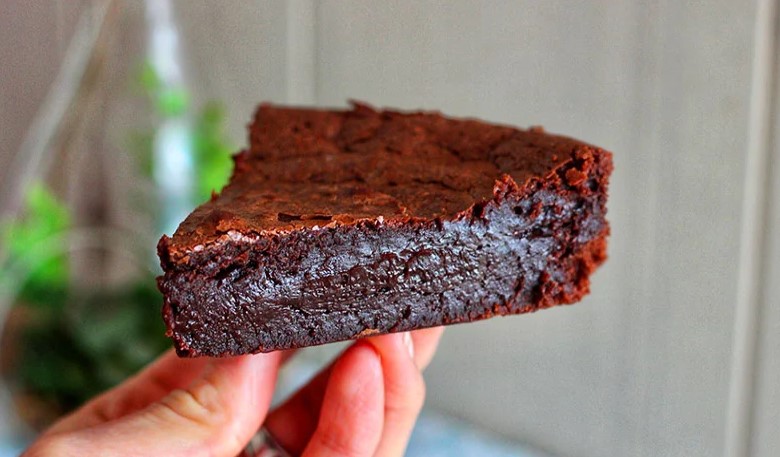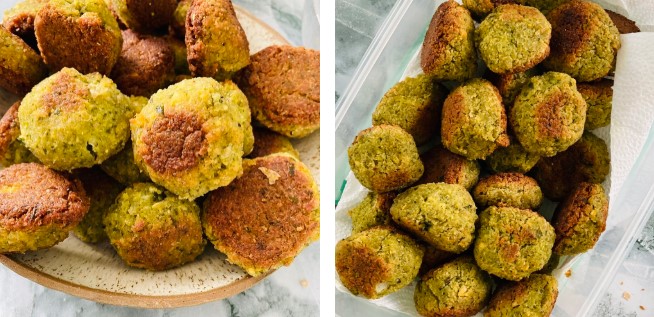Imagine coming home after a long day to the aroma of a perfectly cooked, flavorful meal, ready to be served with minimal effort. That’s the magic of a slow cooker, also known as a crock-pot. This kitchen appliance has become a staple for busy individuals and families alike, offering a convenient and delicious way to prepare meals with incredible depth of flavor and minimal hands-on time. In this guide, we’ll delve into the world of slow cookers, exploring their benefits, uses, and tips for mastering the art of slow cooking.
The Benefits of Using a Slow Cooker
Convenience and Time Savings
- Hands-off Cooking: The primary advantage is the minimal active cooking time required. Simply prepare your ingredients, place them in the slow cooker, set the timer, and let it do its magic.
- Perfect for Busy Lifestyles: Ideal for individuals and families with demanding schedules. Prepare a meal in the morning before work and come home to a hot, delicious dinner.
- One-Pot Meals: Reduces the number of dishes to wash. Many recipes can be cooked entirely in the slow cooker.
Health and Nutrition
- Nutrient Retention: Slow cooking helps retain more nutrients compared to high-heat cooking methods. Lower temperatures minimize the breakdown of vitamins and minerals.
- Tenderizing Tough Cuts of Meat: Slow cookers excel at tenderizing tougher, more affordable cuts of meat, like chuck roast or pork shoulder, transforming them into succulent and flavorful dishes. These cuts often contain higher amounts of collagen, which breaks down during slow cooking, creating a rich, gelatinous texture.
- Reduced Fat Content: Many slow cooker recipes require less added fat compared to traditional cooking methods.
- Example: Instead of frying chicken, a slow cooker chicken stew allows for a healthier, flavorful meal.
Economical Cooking
- Cost-Effective Ingredients: Utilize less expensive cuts of meat and bulk ingredients, saving money on your grocery bill.
- Energy Efficiency: Slow cookers consume less energy than ovens, making them an economical choice for cooking large meals. On average, a slow cooker uses about the same amount of energy as a light bulb over the same period.
- Batch Cooking: Prepare large batches of food for meal prepping, saving time and money throughout the week.
Choosing the Right Slow Cooker
Size and Capacity
- Consider Your Needs: Determine the appropriate size based on the number of people you regularly cook for.
1-2 People: A 2-3 quart slow cooker is generally sufficient.
3-4 People: A 4-6 quart slow cooker is ideal.
5+ People or Batch Cooking: A 7+ quart slow cooker is recommended.
- Shape Matters: Oval slow cookers are better suited for larger cuts of meat like roasts or whole chickens, while round slow cookers are great for soups, stews, and casseroles.
Features and Settings
- Temperature Settings: Look for models with low, high, and warm settings. The warm setting is essential for keeping food at a safe temperature after cooking.
- Programmable Timers: Allow you to set the cooking time and automatically switch to the warm setting when finished.
- Digital Displays: Provide precise control over temperature and cooking time.
- Automatic Shut-Off: A safety feature that automatically turns off the slow cooker after a set period.
- Removable Crock: Makes cleaning easier. Ensure it’s dishwasher-safe for added convenience.
- Example: A programmable slow cooker with a timer and warm setting allows you to set it and forget it, knowing your meal will be ready when you are.
Material and Construction
- Ceramic or Stoneware Crocks: Provide even heat distribution.
- Metal Exterior: Durable and long-lasting.
- Glass Lid: Allows you to monitor the cooking process without lifting the lid and releasing heat.
- Ensure Safety: Look for models with safety certifications (e.g., UL listed).
Mastering Slow Cooker Cooking: Tips and Tricks
Ingredient Preparation
- Browning Meat: While not always necessary, browning meat before adding it to the slow cooker enhances flavor and texture.
- Cutting Vegetables: Cut vegetables into uniform sizes to ensure even cooking.
- Layering Ingredients: Place denser vegetables (e.g., potatoes, carrots) at the bottom of the slow cooker as they take longer to cook.
- Adding Liquids: Ensure there’s enough liquid to prevent burning. Usually, 1/2 to 1 cup of liquid is sufficient for most recipes.
- Example: Browning a chuck roast before slow cooking creates a rich, flavorful crust that adds depth to the final dish.
Cooking Times and Temperatures
- Low vs. High: As a general rule, 1 hour on high is roughly equivalent to 2-3 hours on low. However, slow and low cooking yields the most tender results.
- Adapting Recipes: Reduce liquid by about half when adapting traditional recipes for the slow cooker.
- Don’t Overcook: Overcooking can result in dry, mushy food. Use a meat thermometer to ensure meat is cooked to a safe internal temperature.
Poultry: 165°F (74°C)
* Beef, Pork, Lamb: 145°F (63°C)
Best Practices for Slow Cooking
- Avoid Lifting the Lid: Each time you lift the lid, heat escapes, and it takes longer to cook the food.
- Thicken Sauces: If the sauce is too thin, remove the lid during the last 30-60 minutes of cooking or add a cornstarch slurry (1 tablespoon cornstarch mixed with 2 tablespoons cold water) to thicken it.
- Dairy and Delicate Ingredients: Add dairy products (e.g., cream, cheese) and delicate herbs (e.g., basil, parsley) during the last 30-60 minutes of cooking to prevent curdling or losing flavor.
- Check Doneness: Use a fork to test the tenderness of meat and vegetables. They should be easily pierced and fall apart.
- Example: Adding fresh herbs like basil during the last 30 minutes of a slow cooker tomato sauce preserves their flavor and aroma.
Delicious Slow Cooker Recipes to Try
Savory Dishes
- Pulled Pork: A classic slow cooker recipe. Rub a pork shoulder with spices, add a cup of broth or barbecue sauce, and cook on low for 8-10 hours. Shred the pork and serve on buns with coleslaw.
- Beef Stew: Combine beef cubes, potatoes, carrots, onions, and broth in the slow cooker. Season with herbs and spices, and cook on low for 8-10 hours.
- Chicken Tortilla Soup: Combine chicken, corn, black beans, diced tomatoes, onions, and spices in the slow cooker. Cook on low for 6-8 hours. Shred the chicken and top with tortilla strips, avocado, and sour cream.
- Vegetarian Chili: Combine beans, diced tomatoes, corn, bell peppers, onions, and chili spices in the slow cooker. Cook on low for 6-8 hours.
Sweet Treats
- Apple Crisp: Combine sliced apples, oats, brown sugar, butter, and spices in the slow cooker. Cook on low for 3-4 hours.
- Chocolate Lava Cake: A decadent dessert that’s surprisingly easy to make in the slow cooker.
Conclusion
Slow cookers are more than just kitchen appliances; they are culinary game-changers that offer convenience, health benefits, and incredible flavor. Whether you’re a busy professional, a parent juggling multiple responsibilities, or simply someone who enjoys delicious home-cooked meals with minimal effort, a slow cooker can be an invaluable asset in your kitchen. By understanding the benefits, choosing the right model, mastering the techniques, and experimenting with a variety of recipes, you can unlock the full potential of this versatile appliance and enjoy countless flavorful and satisfying meals. Embrace the world of slow cooking and transform your mealtime routine today!




